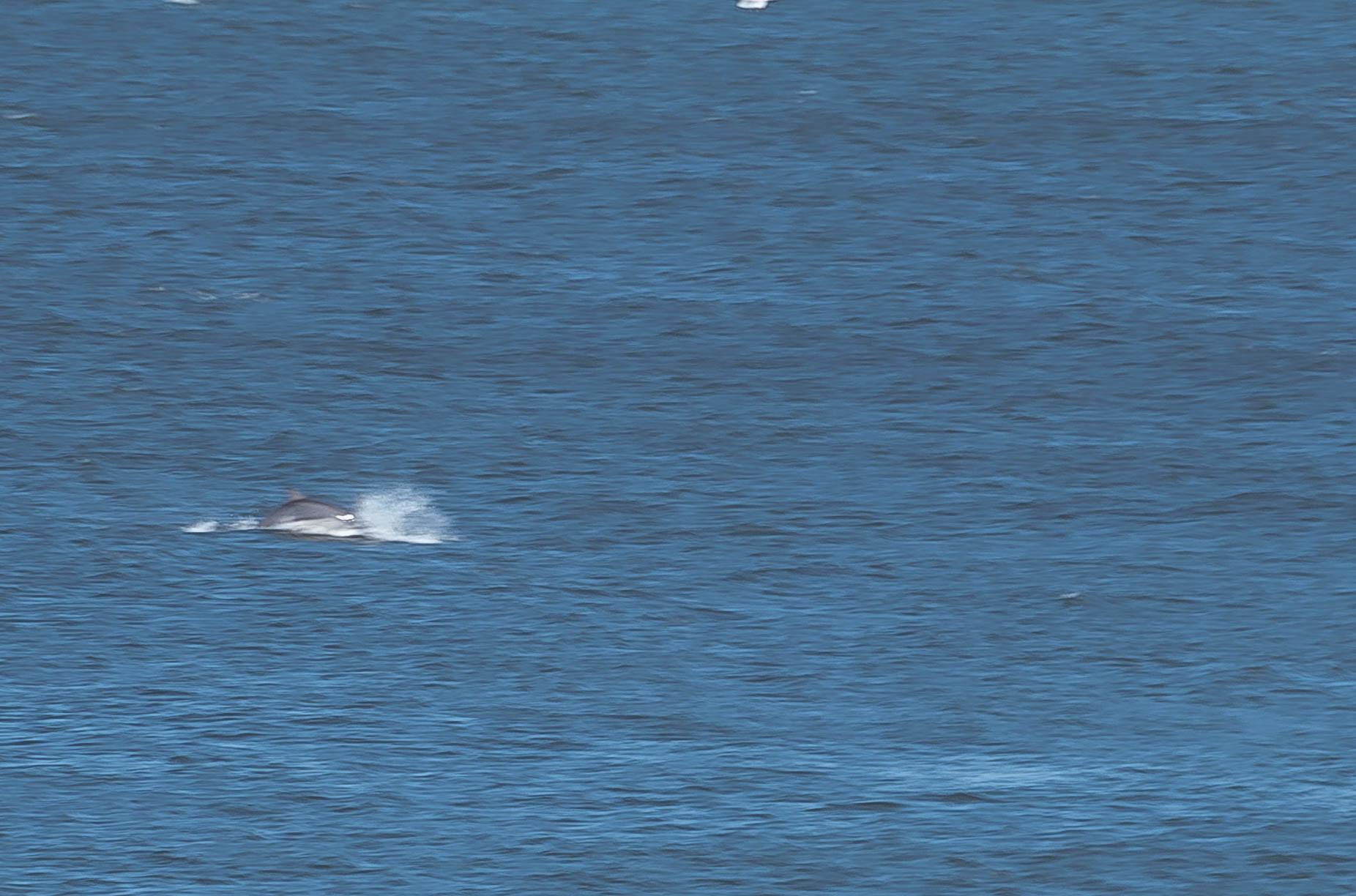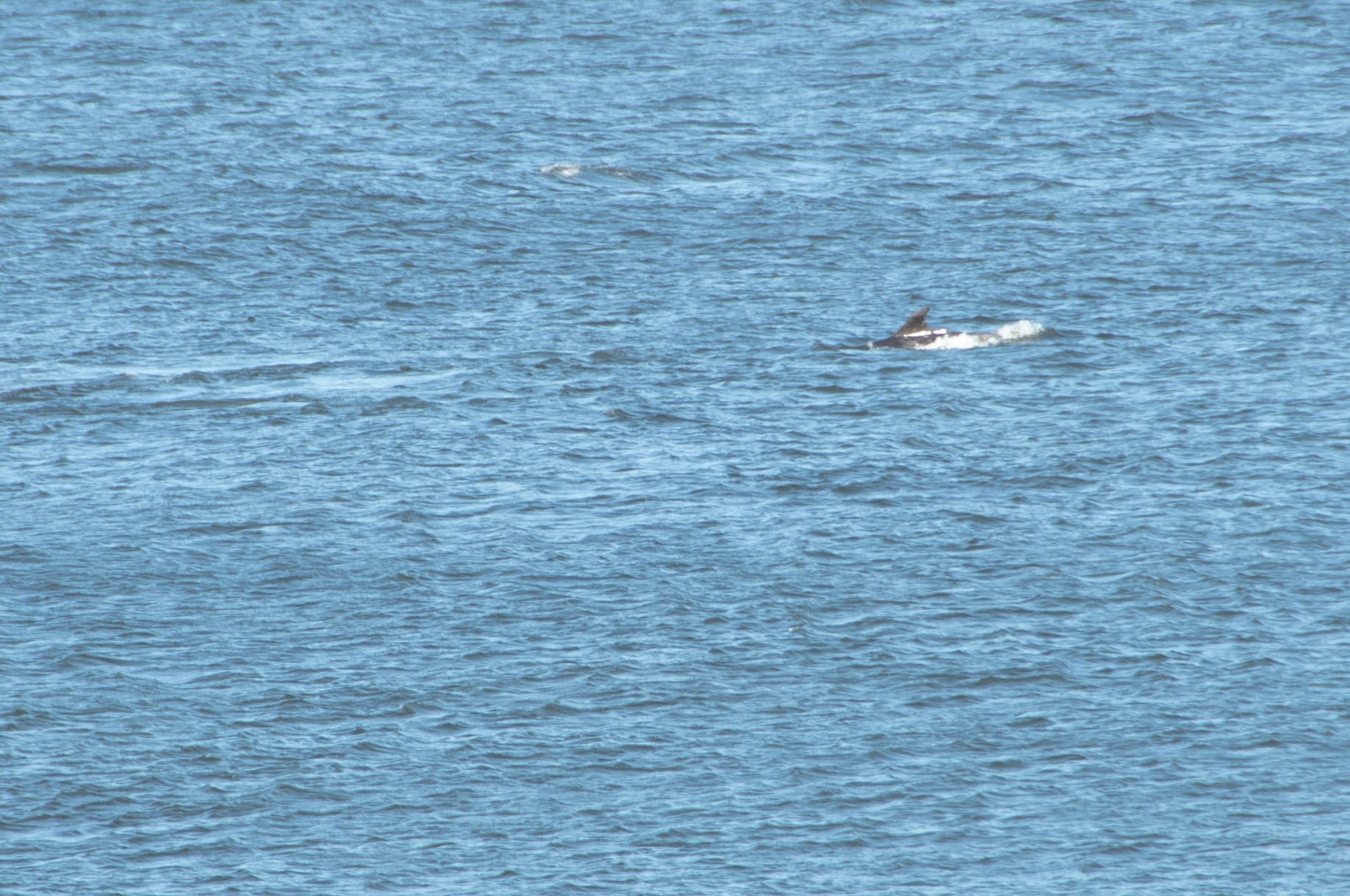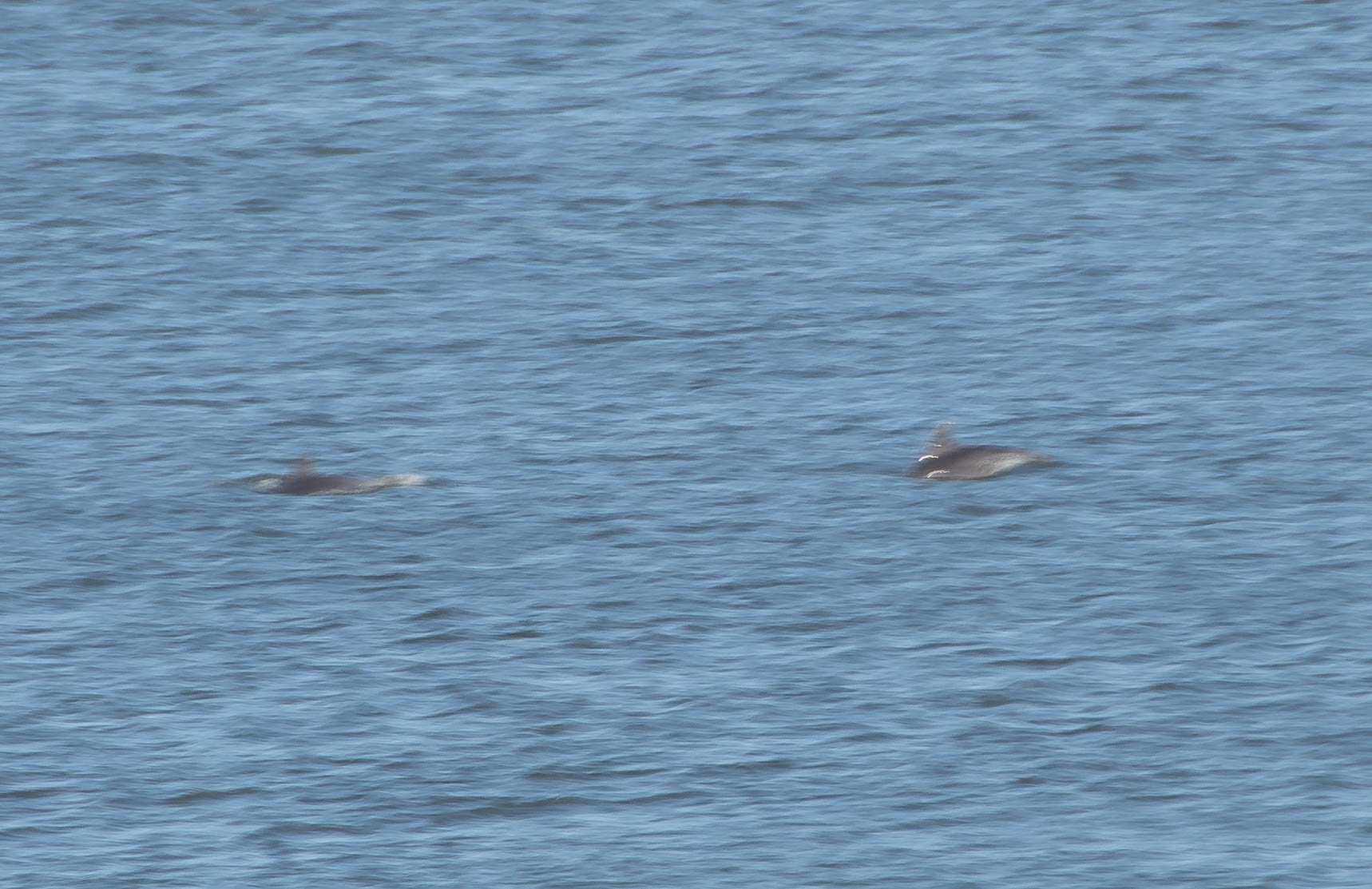As some newcomers to dSLRs use Liveview as their default as that's what they are used to doing with compacts and phones, I would suggest using the viewfinder as you will hold the camera much more steadily than at arms length to see the screen.
I'd forgotten about this, and concur.
Remember comment in prior post, I did a shutter-speed 'limbo' with my daughter when she started her GCSE photo, and was progressing from compact and camera-phone, and not used to using the peep-hole view-finder. Claims for the VR on our lenses were that you could hand hold up to three stops slower than without,,,, utter nonsense, AFAICT. Remember that the rule of thumb is to keep the shutter above 1/ lens (longest) length. The lens doesn't get any better balanced at less zoom, its just that the subjects smaller in the frame, so any movement is less magnified. Its like holding a broom by the tip compared to a match-stick, leverage.
But anyway, I was shooting at 35mm, hand held down to around 1/8th seconds, and still getting acceptably sharp images. Daughter, after a little practice was down to around 1/10th, and after a bit more, was shooting a 135 'prime' on an adaptor, hand held, down as low as 1/30th and getting images sharp enough for course submission.
There REALLY is no substitute for good hand holding technique.
First get off the back-screen, use the optical view finder's peep hole. I mean, you paid umpety hundred for a
Digital
Single
Lens
Reflex camera that has a reflex mechanism in it, to peer over the top of the sensor, if you aren't going to make use of it, you have wasted a heck of a lot of your money, and the cameras capability, before you even begin.
Don't hold the camera at arms length.
Use two hands and cradle body and lens.
Tuck elbows in to body and make a bridge to 'brace' the camera
And breath 'easy'.. and like a sharp-shooter, wait until you are at a breathing 'space' to press the shutter.
And again like the sniper, SQUEEZE the shutter, rather than tugg the trigger.
Its all pretty simple stuff... but 'key to better photos.









